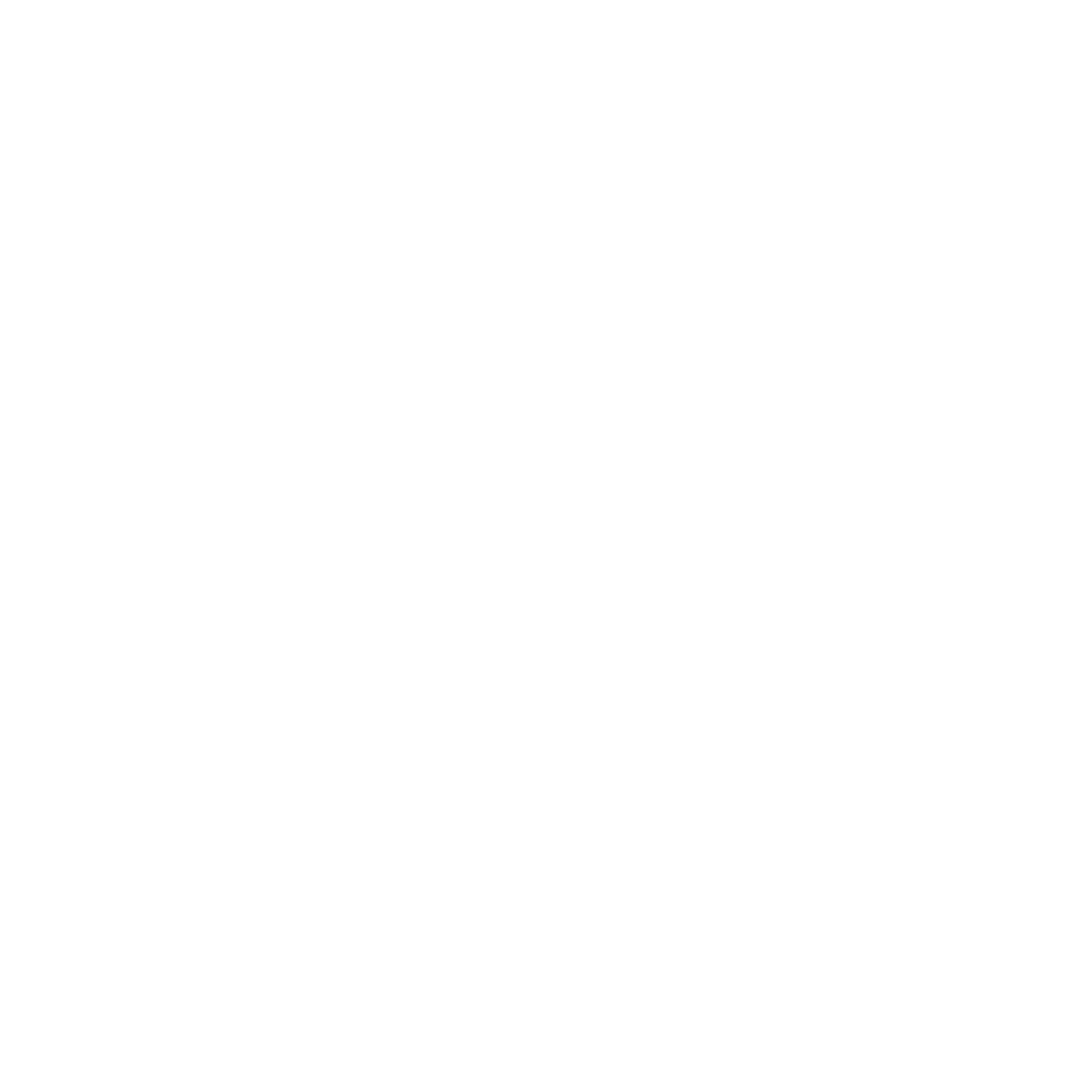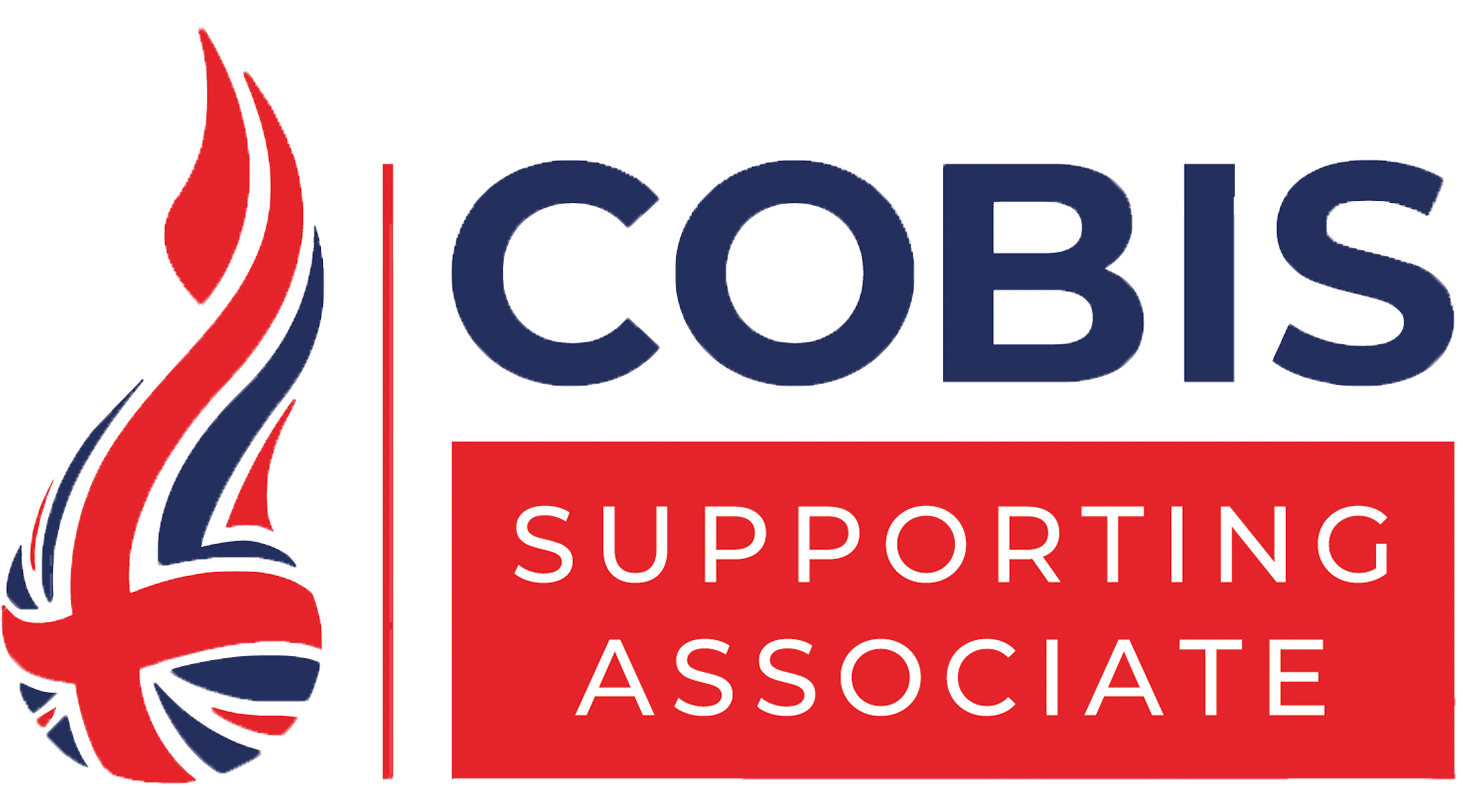“Professional learning which is accessible, high-quality in design and effective in implementation is the goal we set ourselves when designing the Assessment Lead Programme.” Dr. Stuart Kime, Director of Education
Ever heard the phrase ‘success is 10% idea, 90% execution’? Clearly the percentages used here are not exact, they just emphasise a point – it ain’t what you do, it’s the way that you do it. (That’s what gets results!)
Execution, or to use our preferred phase, implementation, is a key aspect of improvement in anything – professional development and school improvement are no exceptions.
As the Education Endowment Foundation put it, ‘in our collective haste to do better for pupils, new ideas are often introduced with too little consideration for how the changes will be managed and what steps are needed to maximise the chances of success … One of the characteristics that distinguishes effective and less-effective schools, in addition to what they implement, is how they put those new approaches into practice.’ (Their School’s Guide to Implementation is well worth a look if you haven’t seen it already.)
Research suggests that, when we set goals (such as eating more healthily), we often fail to follow through with enacting our intended behaviours and actions for three reasons (Prestwich et al., 2015):
- Intention viability: it becomes more difficult to do what we set out to if we lack the ability, resources or opportunity to do so.
- Intention activation: either we forget to do what we said we would, or the many demands of our busy lives decrease our ability to do what we intended.
- Intention elaboration: we fail to make totally clear and concrete the specific responses and contextual opportunities that would enable us to do what we intended.
Like eating more healthily or exercising more regularly, school improvement is a process not an event. It needs to be planned and delivered in stages.
Implementation is at the heart of improving practice
Here at EBE, we’ve been thinking about effective implementation of our own products and services since our inception in 2015. Working with our design and behavioural science friends at Ignio, led by Dan Singleton, we’ve focused our efforts on applying the principles of effective implementation to our Assessment Lead Programme.
While the learning component (here, the principles of great assessment) is fundamental, simply knowing stuff is likely be ineffective unless teachers and school leaders have the opportunity to put those principles to work in their own context. Furthermore, once the knowledge and skills have been acquired and practised, they still might not have a positive impact unless participants are guided toward implementing and sustaining them.
Therefore, we created a flexible blueprint for leading the improvement of assessment within a department or phase. As a course of professional learning, the emphasis of the Assessment Lead Programme shifts from learning about assessment to being able to implement an effective assessment approach.
An implementation plan is the output of the programme, and the process of developing this plan helps learners to achieve their assessment improvement goal by making implementation (the what, why, how and when) clearer and more manageable.
It is the role of the Assessment Leads to determine the stages of development in building what we call an evidence-based school assessment system. Colleagues work together to align stages of development (smaller cycles of improvement) with achievable goals and implement them at an appropriate pace: using information from one stage to help plan the next.

To quote the EEF again: ‘Ultimately, it doesn’t matter how great an educational idea or intervention is in principle; what really matters is how it manifests itself in the day-to-day work of people in schools.’ This is why the Assessment Lead Programme adheres to the ‘Explore, Prepare, Deliver, Sustain’ model found in the EEF guidance.
You can find out more about the Assessment Lead Programme, try a sample or book your place on the next cohort here.





